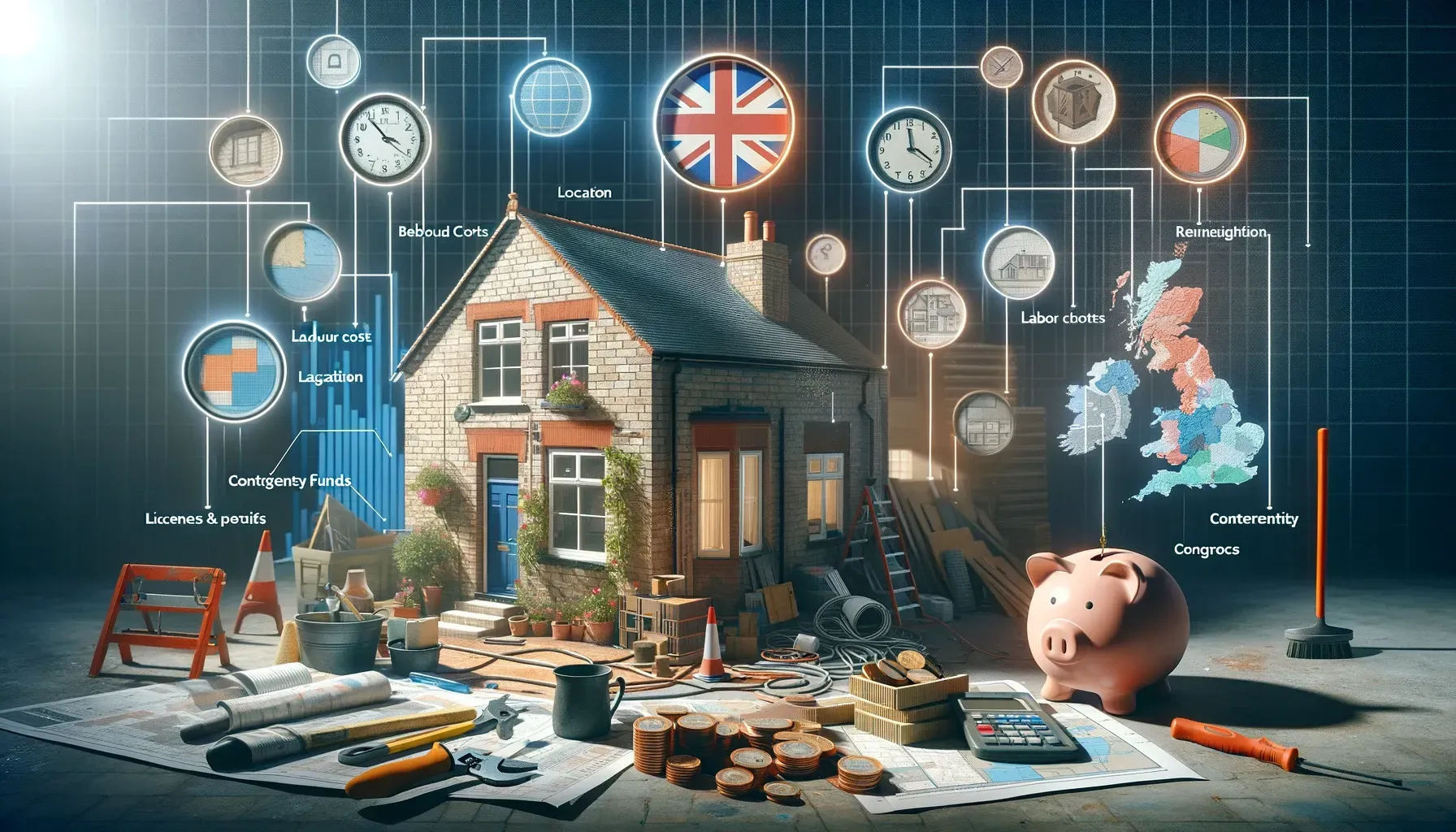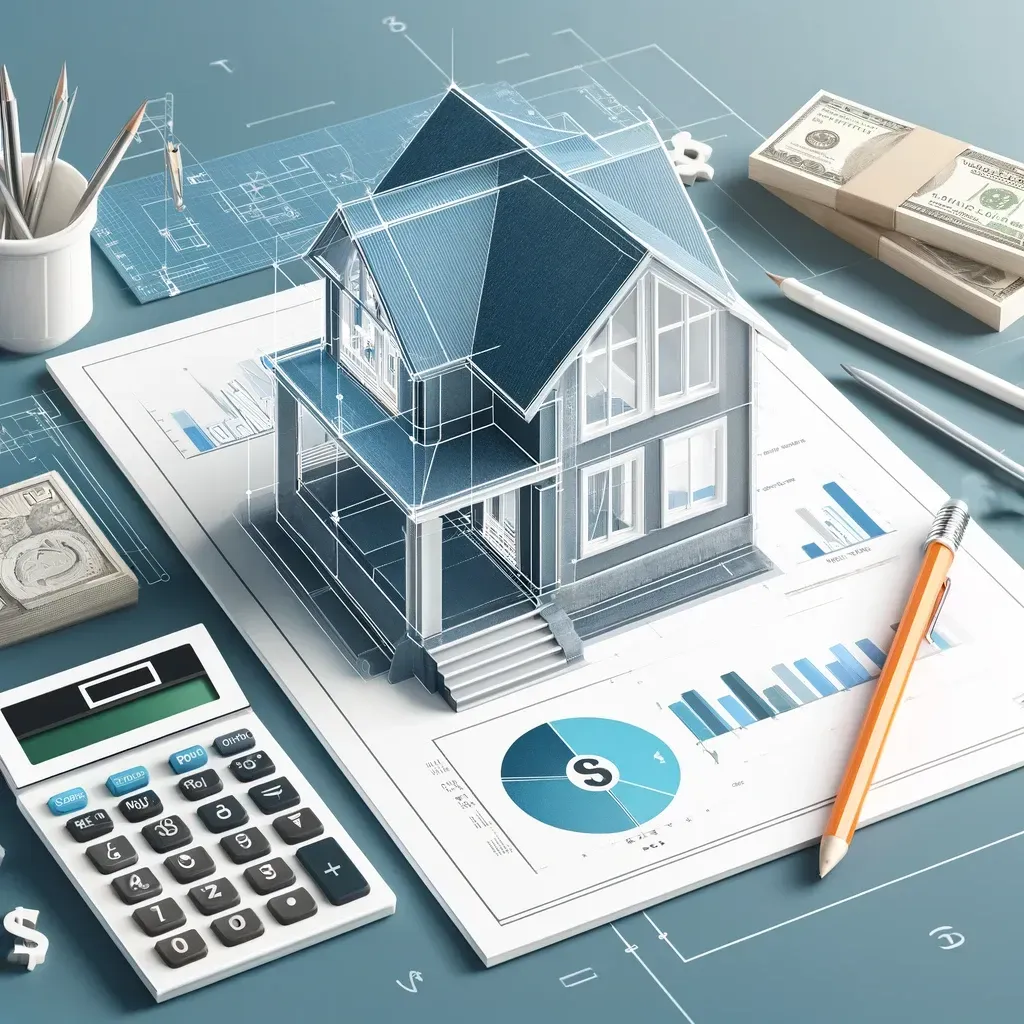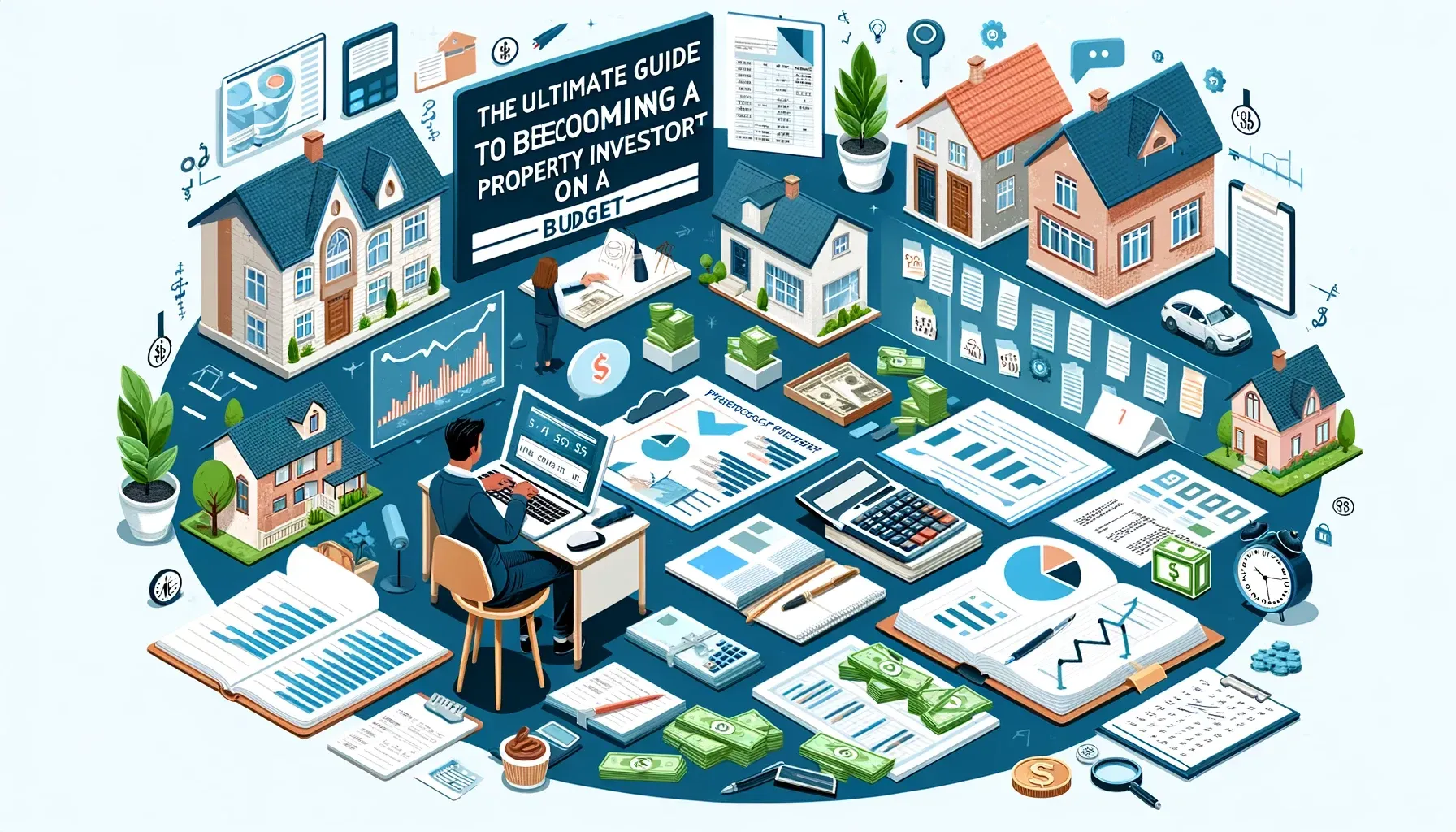Introduction
Hello there! If you're here, you're probably interested in turning your property into a cash cow through rental property investment. As a professional investment property coach, I've guided many individuals, just like you, through this process. So, let's dive in!
The Concept of Rental Property Investment
Rental property investment is all about buying a property and renting it out to generate income. It's like having a money tree in your backyard, but instead of leaves, it produces rent checks. However, like any investment, it comes with its own set of challenges. But don't worry, I've got you covered.
Here are some tips for successful rental property investment:
1. Research the market: Before purchasing a rental property, make sure to research the local market. Look at rental prices in the area, vacancy rates, and potential for appreciation. This will help you make an informed decision on which property to invest in.
2. Crunch the numbers: Calculate how much you can afford to invest in a rental property, including any maintenance and repairs that may be needed. Consider how much rent you can charge to cover your expenses and generate a profit.
3. Choose the right property: Look for a property that is in good condition, located in a desirable area, and has the potential for rental income. Consider the size of the property, number of bedrooms and bathrooms, and any amenities that could attract tenants.
4. Screen tenants carefully: Before renting out your property, be sure to screen potential tenants carefully. Check their credit history, rental and employment references, and criminal background. This will help you find responsible tenants who will pay their rent on time and take care of the property.
5. Set clear rental agreements: Have a written lease agreement that outlines the terms of the rental, including rent amount, due date, and eviction policies. Be clear about your expectations for the property and communicate with tenants regularly to address any issues that may arise.
6. Maintain the property: Keep the rental property in good condition to attract and retain tenants. Schedule regular maintenance checks, address repairs promptly, and keep the property clean and well-maintained.
7. Plan for the unexpected: Be prepared for unexpected expenses, such as repairs or vacancies. Set aside a reserve fund to cover these costs and protect your investment.
By following these tips, you can help ensure a successful rental property investment and generate a steady income stream from your property investment. Remember to stay informed about market trends and be proactive in managing your rental property to maximize your returns.
Choosing the Right Rental Property
Choosing the right property is like choosing the right partner - it can make or break your investment. You need to consider several factors such as location, property condition, and market trends.
I remember a client of mine, let's call him Bob. Bob was eager to invest and bought a property at auction without considering its location, the state of repair, no survey and didn’t even look at it. It was in a neighbourhood that was notorious for its high vacancy rates and run down properties. Bob had a hard time, buying the property due to no due diligence being conducted at all, and when he did finally get the purchase across the line it cost him dearly to renovate and then find tenants. So, remember, location, property condition, and market trends are key!
Financing Your Rental Property Investment
Unless you're swimming in cash, you'll need to finance your rental property investment. This could be through a mortgage, private lenders, or even partnerships. Each option has its pros and cons, and it's important to understand these before deciding.
One option for financing a rental property investment is through a mortgage. This involves taking out a loan from a financial institution, such as a bank, to purchase the property. The main advantage of using a mortgage is that it allows you to leverage your investment, meaning you can buy a property that you may not have been able to afford otherwise. However, you will need to make regular mortgage payments, which can be a significant financial commitment.
Another option is to finance your rental property investment through private lenders. Private lenders are individuals or companies that offer loans to investors, often at higher interest rates than traditional mortgages. While this can be a more flexible option, as private lenders may be more willing to work with you if you have less-than-perfect credit, it can also be riskier due to the higher interest rates.
Finally, you may choose to finance your rental property investment through partnerships. This involves joining forces with another investor or group of investors to purchase the property together. This can be a good option if you don't have enough capital to invest on your own, but it also means sharing the profits and decision-making with your partners.
Before deciding on a financing option, it's important to carefully consider your financial situation, goals, and risk tolerance. You should always consult with a financial advisor or property professional to help you make the best decision for your specific circumstances.
Understanding the Rental Market
Understanding the rental market is crucial. It's like sailing - you need to know the direction of the wind, the currents, and potential storms. In rental property investment, this means understanding the rental demand, setting the right rental price, and knowing how to attract and retain tenants.
To be successful in the rental market, it is important to have a good understanding of the current demand for rental properties in your area. This includes knowing the average rental prices for similar properties, as well as any trends that may affect rental demand in the future.
Setting the right rental price is crucial for attracting tenants and maximizing your rental income. It is important to strike a balance between setting a competitive price that will attract tenants, and one that will allow you to cover your expenses and make a profit.
Finally, knowing how to attract and retain tenants is essential for long-term success in the rental market. This includes maintaining your property in good condition, offering attractive amenities, and providing excellent customer service to your tenants. By staying informed about the rental market, setting the right rental price, and taking steps to attract and retain tenants, you can increase your chances of success as a rental property investor.
Managing Your Rental Property
Managing a rental property can be a lot of work. It involves maintenance, tenant relations, rent collection, and more. But don't let this scare you. You can always hire a property management company to handle these tasks. A property management company can take care of all day-to-day responsibilities of managing a rental property, allowing you to sit back and relax while they handle everything for you. They can handle maintenance requests, address any tenant issues, collect rent, and even find new tenants when needed. Hiring a property management company can save you time and stress, as they have the experience and resources to efficiently handle all aspects of managing a rental property. They can also provide valuable insights and advice to help maximize your rental income and ensure your property is well-maintained. While there is a cost associated with hiring a property management company, many landlords find that the benefits far outweigh the expenses. If you're feeling overwhelmed with the responsibilities of managing your rental property, consider hiring a property management company to help lighten the load.
Maximizing Your Rental Income
Now, let's talk about turning your property into a real cash cow. This involves strategies like property upgrades, offering additional services, and minimizing vacancies. For instance, one of my clients added a laundry facility to her rental property. This not only increased her rental income but also made her property more attractive to potential tenants.
Another strategy is to make upgrades to your property, such as installing energy-efficient appliances, updating the kitchen or bathrooms, or adding amenities like a pool or fitness centre. These improvements can help you attract higher-paying tenants and increase the value of your property. Additionally, minimizing vacancies is key to maximizing your rental income. This can be done by keeping your property well-maintained, responding quickly to tenant requests, and offering incentives for lease renewals.
By implementing these strategies, you can turn your property into a cash cow and maximize your rental income. It may require some upfront investment, but the long-term returns will be well worth it.
Tax Considerations in Rental Property Investment
Taxes may not be the most exciting topic, but they're important. From property tax to income tax on your rental income, understanding your tax obligations can save you a lot of headaches (and money) down the line. While taxes may not be the most thrilling subject, they play a vital role in our financial lives. Understanding various taxes such as property tax and income tax on rental income can ultimately help you save money and avoid potential issues in the future. It's worth investing the time and effort to comprehend your tax obligations to ensure financial stability. Higher taxpayers would benefit from holding their property in Ltd Company structures. This gives them better flexibility with tax and their portfolio, but also allows the property company to stand alone and get its own mortgages etc.
Building a Rental Property Portfolio
Once you've got the hang of it, you can start building your rental property portfolio. This involves buying more properties and diversifying your investments. Having multiple rental properties can increase your income and spread out your risk. It's important to carefully research potential properties, consider factors such as location, market demand, and potential rental income. You may also want to hire a property manager to help you handle the day-to-day operations of your rental properties. As your portfolio grows, you may want to consider different types of properties, such as single-family homes, multi-family buildings, or commercial spaces. Each type of property comes with its own set of challenges and potential rewards. It's also important to continually monitor the property market and stay informed about changes in rental rates, housing trends, and local regulations. This will help you make smart investment decisions and maximize the return on your rental properties. Remember, building a successful rental property portfolio takes time, effort, and careful planning. But with the right approach and dedication, you can create a profitable and sustainable source of income for years to come.
I started with one single 3-bedroom property in 2019. Today, I own several properties valued more than £1.5m, each bringing in a steady stream of income. If I can do it, so can you!
Conclusion
And there you have it - your ultimate guide to rental property investment. Remember, every successful property investor started where you are now today. With the right knowledge, strategy, and guidance, you too can turn your property into a cash cow. If you need more personalized advice or coaching, don't hesitate to reach out. I'm here to help you navigate your property investment journey. Happy investing!











